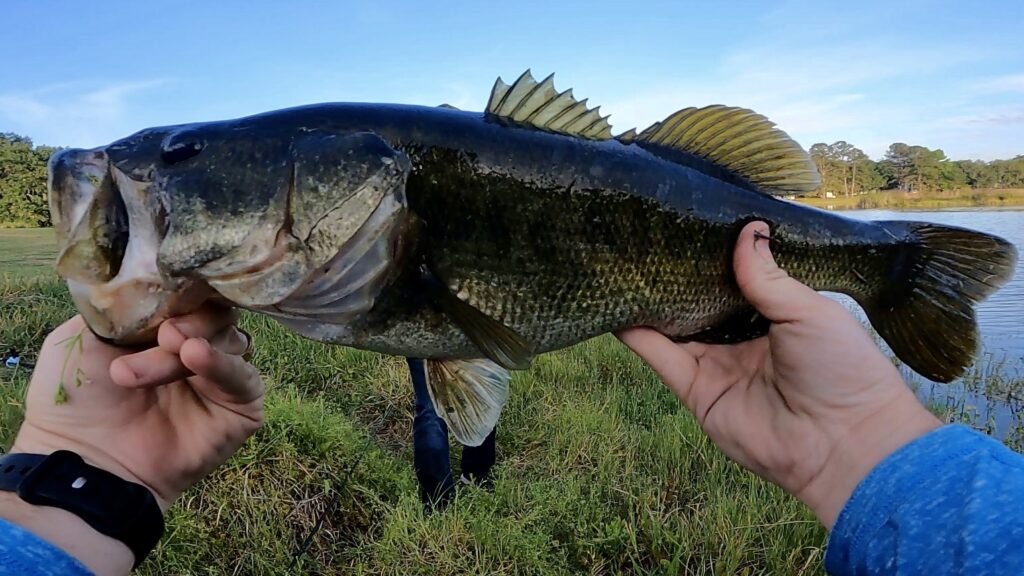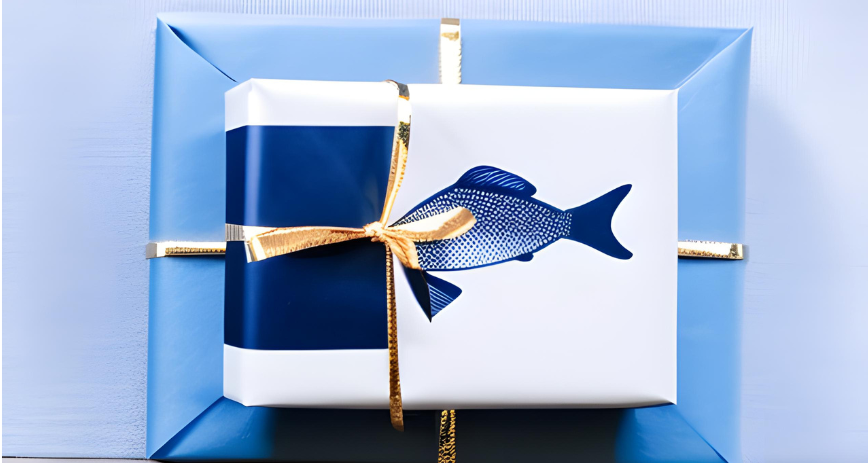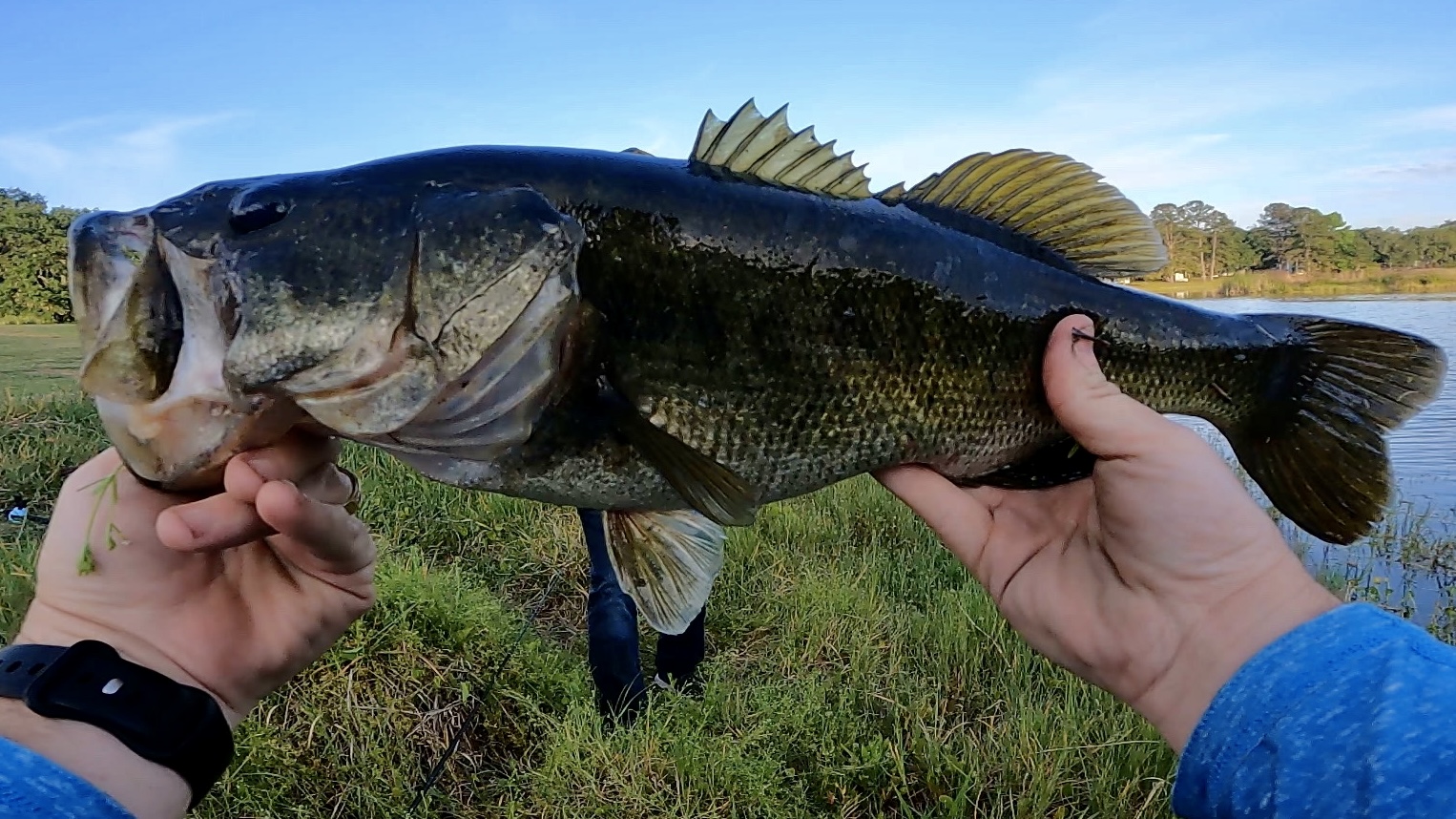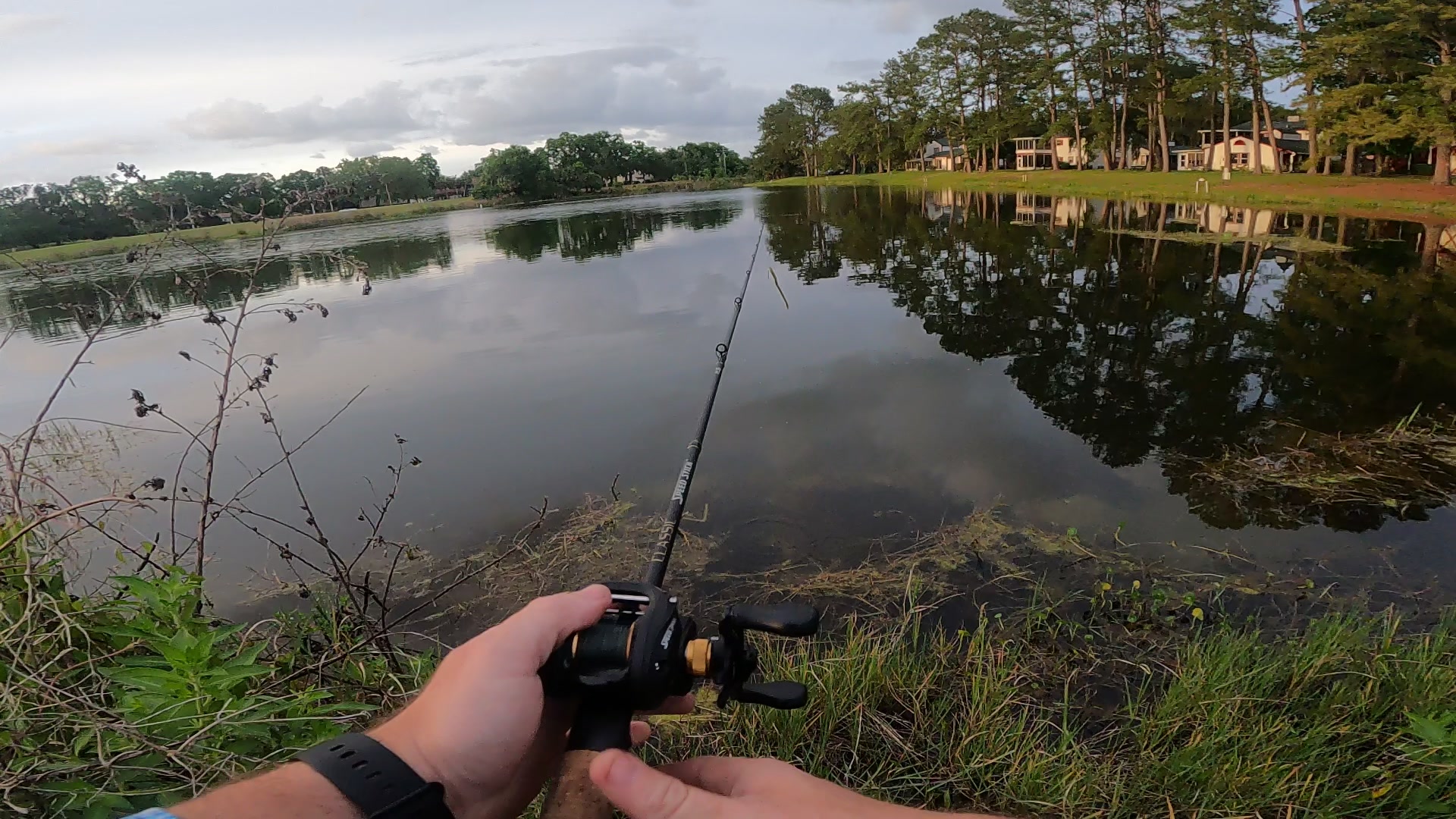

If you’re an avid angler, you know that there’s nothing quite like the thrill of reeling in a big bass. But catching a trophy-worthy fish takes more than just luck. It requires skill, patience, and a bit of know-how. In this article, we’ll share the top 5 ways to catch big bass so you can increase your chances of landing that monster fish.
Whether you’re a seasoned angler or just starting out, these tips will help you up your bass fishing game. From choosing the right lures to honing your casting technique, we’ll cover everything you need to know to catch big bass like a pro.
Understanding the Bass Habitat
If you want to catch big bass, it’s important to understand their habitat. Bass are freshwater fish that can be found in a variety of bodies of water, including lakes, rivers, and ponds. Knowing where to find the bass is key to catching them consistently. Here are some factors to consider when looking for bass:
Depth
The depth at which bass are found can vary depending on the time of year and the location. In general, bass tends to stay in deeper water during the hottest part of the summer and move to shallower water during the spring and fall. In the winter, they may move to the deepest part of the water where it’s warmer.
Water Temperature
The water temperature is another important factor to consider when looking for bass. Bass tend to be most active when the water temperature is between 60 and 75 degrees Fahrenheit. During the summer, when the water temperature is higher, bass may move to deeper, cooler water. In the winter, they may move to warmer water near the bottom of the lake or river.
Structure
Bass like to have structure to hide in and around. This can include things like rocks, logs, and weed beds. They also like to be near drop-offs, ledges, and other changes in the bottom of the water. Look for areas with structure and you’re likely to find bass.
By understanding these factors, you can increase your chances of catching big bass. Keep in mind that every body of water is different, so it’s important to do your research and experiment to find what works best in your area. Check out our other article on tips to find the best fishing spots.
Behavior of Big Bass
When it comes to catching big bass, understanding their behavior is key. Big bass have different feeding patterns and behaviors compared to smaller bass. By knowing their habits, you can increase your chances of catching them. Here are some tips on how to understand the behavior of big bass:
- Know their feeding patterns: Big bass are opportunistic feeders and will often wait for an easy meal. They prefer to ambush their prey rather than chase it down. They also tend to feed during low-light conditions such as dawn and dusk.
- Understand their habitat: Big bass like to stay in areas with cover such as weed beds, logs, and rocks. They also prefer deeper water during the day and move to shallower water during feeding times.
- Pay attention to the weather: Big bass are affected by weather conditions. They tend to feed more before a storm and during cloudy days. They also prefer water temperatures between 65-75 degrees Fahrenheit.
By understanding these behaviors, you can locate big bass more easily. Look for areas with cover and structure, and fish during low light conditions or before a storm. Remember to use the right bait and technique to entice the big bass to strike.
Selecting the Right Bait
Choosing the right bait is crucial to catching big bass. You want to use a bait that mimics the natural prey of the fish in the area you’re fishing. Here are the top three types of bait that are proven to be effective:


Topwater Lures
Topwater lures are perfect for fishing in shallow water or areas with a lot of vegetation. These lures create a commotion on the surface of the water that attracts bass. Some popular topwater lures include buzzbaits, poppers, and frogs.


Jigs and Soft Plastics
Jigs and soft plastics are versatile and can be used in a variety of fishing conditions. Jigs are great for fishing in deeper water while soft plastics are perfect for fishing in areas with a lot of cover. Some popular jigs include football jigs and flipping jigs. Soft plastic baits like worms, crawfish, and lizards are also effective.


Crankbaits
Crankbaits are great for imitating baitfish and can be used in both shallow and deep water. These lures come in a variety of shapes and sizes and can be used to cover a lot of water quickly. Some popular crankbaits include lipless crankbaits, squarebill crankbaits, and deep-diving crankbaits.
Techniques for Catching Big Bass
If you’re looking to catch big bass, there are a few techniques that you should consider adding to your arsenal. Here are three techniques that have proven to be effective:
Flipping and Pitching
Flipping and pitching are techniques that involve using a heavy bait and a short cast to drop the bait into tight spaces, such as under docks or in thick vegetation. This technique is effective because it allows you to get your bait into areas where big bass like to hide. To flip and pitch effectively, you’ll need a heavy bait, a short rod, and a steady hand.
Drop Shotting
Drop shotting is a technique that involves using a light bait and a long leader to present your bait at a specific depth. This technique is effective because it allows you to keep your bait in the strike zone for a longer period of time. To drop shot effectively, you’ll need a light bait, a long leader, and a sensitive rod.
Swimbaits
Swimbaits are large, realistic-looking baits that are designed to mimic the movement of real fish. This technique is effective because it can entice big bass to strike when other baits fail. To fish swimbaits effectively, you’ll need a heavy rod and reel, a slow retrieve, and a lot of patience.
These are just a few of the techniques that you can use to catch big bass. Each technique has its own advantages and disadvantages, so it’s important to experiment and find the technique that works best for you.
Equipment and Gear
When it comes to catching big bass, having the right equipment and gear is crucial. Here are a few things you should consider:
Rod and Reels
Choosing the right rod and reel combo can make all the difference when it comes to catching big bass. Look for a rod that is at least 7 feet long and has a fast action. A fast-action rod will give you the sensitivity and power you need to set the hook and reel in a big fish. As for reels, a baitcasting reel is the preferred choice for most bass anglers. They offer better accuracy and control, which is important when targeting big fish.
Lines and Leaders
The type of line you use can also impact your ability to catch big bass. The Fluorocarbon line is a popular choice among bass anglers because it is virtually invisible underwater and has low stretch, which makes it easier to feel bites and set the hook. When it comes to leaders, a fluorocarbon leader is a good choice if you're fishing in clear water or targeting finicky fish. If you're fishing in heavy cover, a braided line with a heavy leader can help you haul in big bass.
Hooks and Weights
Finally, choosing the right hooks and weights can also make a big difference. For big bass, you'll want to use a hook that is at least 4/0 in size. A wide gap hook can also help increase your hook-up ratio. As for weights, a bullet weight is a good choice for most situations. However, if you're fishing in heavy cover, a Texas rig with a tungsten weight can help you get your bait through the weeds and to the fish.
Conclusion
Catching big bass can be a challenging and rewarding experience. By using these techniques, you can increase your chances of landing that trophy fish you’ve been dreaming of.
Remember, it’s important to choose the right lures and bait and to fish in the right locations. You should also pay attention to the weather and time of day, as these factors can greatly impact your success.
Additionally, it’s important to be patient and persistent. Don’t get discouraged if you don’t catch a big bass right away. Keep trying, and you’ll land that prize catch.
Finally, always practice catch-and-release when possible. This helps to preserve the bass population and ensures that future generations can enjoy the thrill of catching big bass.




